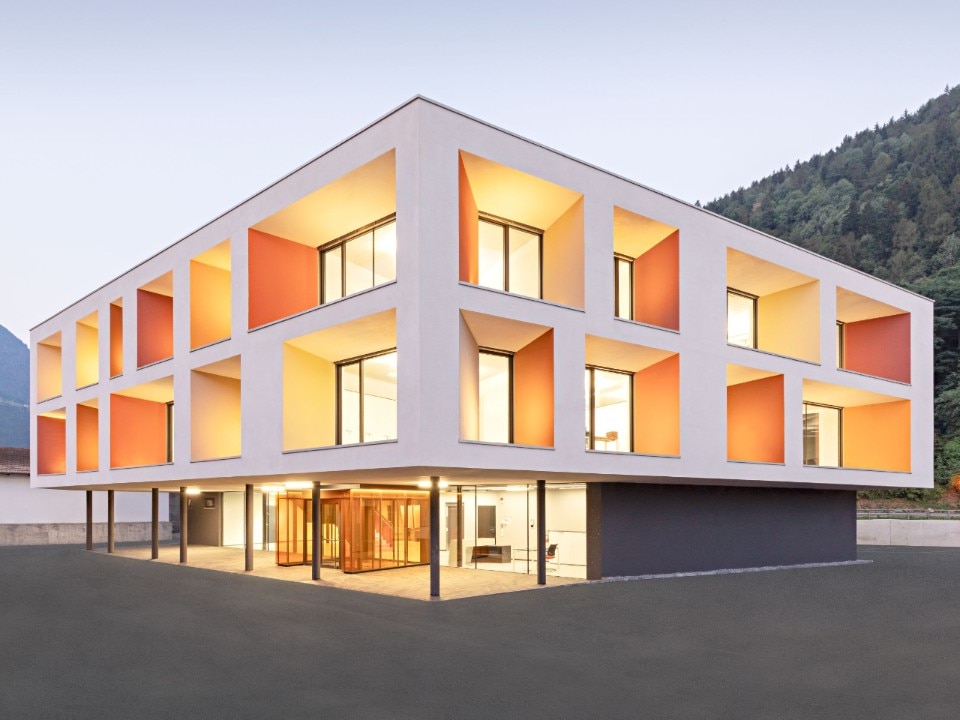We consider home and work environments places that shelter us from the consequences of air pollution, but their air quality can reach a value five times lower than the value outdoors. Beyond the air particular matter, there is also dust, bacteria, fungi, pet hair, and even the chemicals from the cleaning products we use.
This type of pollution, explains the WHO, has an impact on the respiratory system and can cause various diseases including allergies, asthma, but also more serious disorders to the immune system.
In this scenario, the materials used in construction is often an underestimated issue: there is a lot of leeway to improve the air quality of indoor spaces and avoid any health issue. “Think for example of the facades, the insulation system, or lack of it, and the cracks that cause moisture migration and indoor mold” says Andris Pavan, Head of Marketing of Röfix, a company that focuses on construction products.
“Using environmentally friendly products is crucial: we at Röfix have always tried to offer product for the interior that have both specific chemical-physical characteristics and that can actively work towards healthy environments that can absorb the moisture in excess and have a high PH that fights mycelium and mold proliferation. We guarantee the high quality of our products by complying with international standards in terms of raw materials, emissions, and certifications.”
The training and educational aspects are useful tools when it comes to specialize and improve the construction supply chain; the constant exchange of knowledge is the key to evolving. “It is a very topical issue that actually represent our mission in broader terms: we want to improve our approach towards construction through raising awareness that first and foremost must come from within the company. The educational aspect is important, and for this reason we have a network of tech consultants that deliver expert reports at the construction site in order to analyze the construction nodes,” Pavan continues, putting emphasis on the side effects in relation to the tax benefits promoted by the government in the home energy efficiency area.
“In terms of mere knowledge, the thermal insulation system is available to anyone; less so the detailed study and the technology behind a system that must be assembled according to very specific criteria. Where there is training and technical support, there are no critical issues, but the incredible increase in terms of absolute volumes has led to improvisations in the implementation of this building solution, with repercussion that will be noticeable in the years to come. Röfix has always been recognized as a leading company in insulation and energy-efficient systems, with particular attention to buildings that are part of the Italian historic heritage. The best energy is the energy you save, for this reason we believe that raising awareness on these matters is crucial.”
And speaking of changes, what are the most relevant shifts we will witness in the next few years in this industry? Pavan concludes that “sustainability is a matter that for many reasons affects our daily life, and we cannot consider it a mere passing trend anymore. Today, we need to think about what our future product will be in terms of people and planet awareness: the technical and physical performance evaluation must go hand in hand with reducing the environmental impact.”


